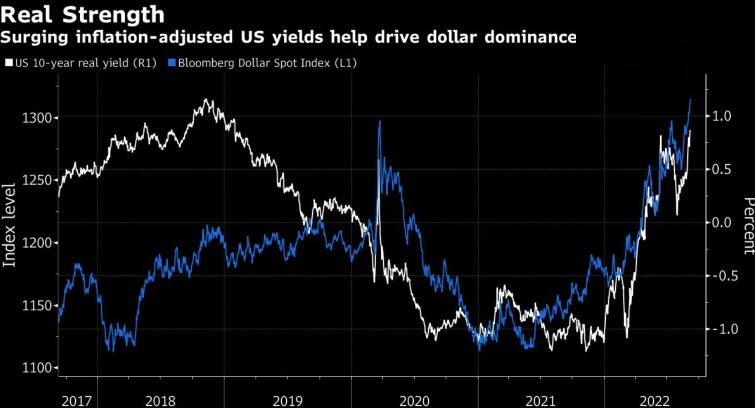Sometimes, one had better do nothing not to worsen the situation. However, the ECB can’t afford to stay passive. Investors are looking forward to the central bank’s decision. Let us discuss the Forex outlook and make up a EURUSD trading plan.
Weekly euro fundamental forecast
The market has been falling for too long. After Jerome Powell’s inspiring speech in Jackson Hole, the S&P 500 closed 6 out of 7 trading sessions in the red. Investors finally abandoned the idea of the Fed’s dovish shift. The chance of a 75-basis-point increase in the federal funds rate in September jumped above 80%. However, even a strong trend is followed by a correction. When Lael Brainard had suggested bilateral risks of the interest rate changes, stock indexes started rising, being followed by the EURUSD.
Investors seem to interpret those words in the wrong way. In fact, the Fed Vice Chair didn’t mean a dovish shift in the near future. Yes, the phrase about bilateral risks suggests that the central bank will at some point have to weigh between a rate hike that seriously slows the economy and a cut, but it will hardly happen soon. Brainard argues it will take several months of low inflation for the Fed to be confident it is getting close to its 2% target. Yes, the talk of excessive tightening of monetary policy encourages the EURUSD bulls. Nonetheless, Brainard notes that it is important to avoid the risk of quitting monetary tightening too early.
Thus, nothing in Lael Brainard’s speech should suggest a change in the Fed’s course on a long-term monetary tightening cycle and interest rates being high for many months. The words were taken out of context, lowering Treasury yields and weakening the US dollar.
EURUSD correction has chances to continue as the ECB intends to raise the deposit rate by 75 basis points, as signaled by the derivatives market, the consensus forecast of Bloomberg experts, and hawkish speeches by Governing Council officials from Germany, Austria, and the Netherlands. The voices of their opponents from Greece and Italy, calling for gradualism, are ignored.
The ECB faces a dead end. Whatever the central bank does, the euro will weaken. An aggressive increase in borrowing costs to fight record high inflation is likely to trigger or deepen a recession in the euro-area economy. Keeping them at the same level will drop the euro and exacerbate the energy crisis. Finally, the launch of QT, the quantitative tightening program, will result in panic in the euro-area debt market.
Weekly EURUSD trading plan
Christine Lagarde will have to surprise the markets to initiate a EURUSD deep correction up. I don’t think she will succeed. Therefore, the previously suggested strategy is still relevant. Enter short-term euro purchases above $0.995 and follow with medium-term sell trades down to at least $0.97. Look for rebounds at $1.005-$1.007, $1.012-$1.014 and $1.018.

Myanfx-edu does not provide tax, investment or financial services and advice. The information is being presented without consideration of the investment objectives, risk tolerance, or financial circumstances of any specific investor and might not be suitable for all investors.
Go to Register with LiteForex Platform
Financial Trading is not suitable for all investors & involved Risky. If you through with this link and trade we may earn some commission.



















